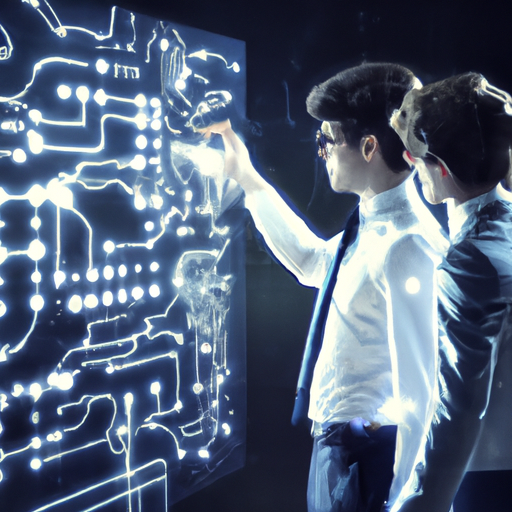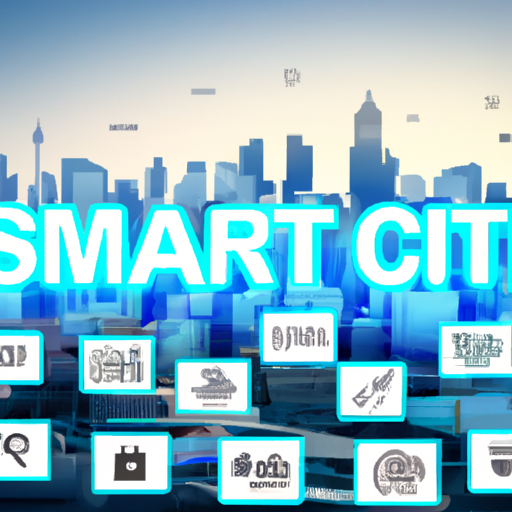In the fast-evolving world of technology, Emotional AI has emerged as a game-changer, bridging the gap between machines and human emotions. Unlike traditional artificial intelligence, which operates based on logical input and output, Emotional AI is designed to recognize, interpret, and respond to human emotional states, creating more intuitive interactions.
What is Emotional AI?
Emotional AI, also known as affective computing, employs technologies like human emotion recognition and sentiment analysis. By analyzing facial expressions, voice tone, text inputs, and even physiological signals, Emotional AI systems can gauge human emotions with impressive accuracy. This level of understanding allows for nuanced responses that can significantly improve user experience in various applications.
Applications of Emotional AI
The applications of Emotional AI are vast and diverse:
- Customer Service: Chatbots powered by Emotional AI can adapt responses based on customer emotions, creating a more personalized and satisfying interaction.
- Healthcare: Emotional AI is being integrated into mental health solutions, allowing therapists to understand their patients’ emotions better and provide tailored care.
- Marketing: Brands can analyze consumer sentiment to refine their marketing strategies and enhance the emotional connection with their audience.
The Future of Emotional AI
As technology advances, Emotional AI is expected to evolve even further, incorporating more sophisticated algorithms and larger datasets for improved accuracy. This growth could lead to unprecedented advancements in human-computer interaction, making our engagements with technology feel more natural and human-like.
However, ethical considerations must be at the forefront as well. As machines become better at recognizing and responding to emotions, ensuring user privacy and data protection will be crucial for building trust and acceptance among users.
Conclusion
Emotional AI is undoubtedly transforming the way we interact with technology, offering a glimpse into a future where machines can understand and empathize with human emotions. As industries begin to harness its potential, the implications will resonate across various sectors, ultimately enhancing the way we live and work.




